10 Reasons Why the $3,500 Insta360 Pro is Better than the $60,000…$40,000…$25,000 Nokia Ozo
1. Price
You could buy 7 Insta360 Pro cameras for the price of 1 Nokia Ozo. But how can a $3,500 camera even come close to competing with a $25,000 camera? Read on to discover how the Insta360 Pro not only competes but bests its higher-priced competition.
2. No Blind Spot
Due to the Ozo’s asymmetrical design which houses the battery and SSD slot, there is a substantial blind spot behind the camera.
Because of this blind spot, blocking the action in your scene can be tricky. If there is action within 6 feet or closer directly behind the Ozo, it will look like a blurry mess. Or, even worse, it gets entirely lost in the stitch seem (depending on how close the action is to the rear end of the camera).
Moreover, due to this design choice, the Ozo is only truly stereoscopic 3D in the front portion of the field of view. In the back, where the blind spot is, the software simulates the 3D effect. That means it’s not truly stereoscopic and it wouldn’t look 3D if there was an actor playing to the rear end of the Ozo. However, it does a decent job of simulating the 3D of a static environment in this blind spot.
Thanks to the Insta360 Pro’s symmetrical design, it doesn’t have a blind spot. Each of the six 200 degree field-of-view lenses is equally spaced around the perimeter of the camera body, providing total, seamless coverage.
3. In-Camera Stitching
The Insta360 Pro is capable of stitching 2D 4K at 30fps or Stereoscopic 3D at 4K 24fps 360 video entirely in camera! This means that you can take the h.264 or h.265 file that the camera creates and upload it directly to the internet! This is huge because stitching this footage requires lots of computing power and processing time in order to stitch together a lat-long file that can be uploaded to YouTube and other platforms.
The Insta360 Pro does it all in camera, without even needing a stitching box like the Orah 4i. The Nokia Ozo has no such ability as all footage must be stitched in post. Technically, you can do it with the Ozo Live software. But it must be hooked up to a powerful server computer, and the software is quite expensive.
4. Live Streaming without a Fancy Server Computer
The Insta360 Pro can livestream by using the default (and free) Insta360Pro app and doesn’t require a super powerful server computer since the camera itself does most of the computing. The Ozo requires a purpose-built server computer that matches their recommended specs as well as the Ozo Live software. There is a free version of the Ozo Live software but if you want to unlock all the features then you need the paid version which is $8,999 per year.
5. No Need for Thunderbolt or SDI
Most computers have an ethernet port, and basically every computer has a USB port. Which is why connecting the Insta360 Pro is simple and reliable: because it comes with an ethernet cable and USB to ethernet adapter. You can connect the Ozo to your computer by either SDI or thunderbolt with an SDI and adapter box. That means your computer either needs a Thunderbolt port, or you need a computer with a specific model of Blackmagic Design 4K SDI input PCI card.
Another thing to note: the sensitive SFP port that the Ozo uses to output the SDI signal is finicky. And in my experience with two different Ozos, wiggling the cable even a little interrupts the connection to the computer. This was quite annoying, especially for such an expensive camera.
6. Higher Resolution
Stereoscopic 3D is where it’s at with 360 cameras because it makes it so much more immersive. The Ozo is limited to 4K resolution in stereoscopic 3D mode, whereas the Insta360 Pro is capable of 6K resolution. Both cameras are capable of 8K 2D 360 video but the Insta360 Pro appears to resolve more detail.
To be fair, the softer image of the Ozo is more cinematic. Though, the Insta360 Pro image is quite sharp and even a bit alias-y. So if you’re trying to achieve a cinematic look on the Insta360 Pro then applying some noise reduction to smooth out the image would be a good idea.
While we’re on the subject of image quality: even though both cameras employ F/2.4 lenses with max ISO of 800, the Insta360 Pro appears to be almost a full stop brighter than the Ozo. This makes it a better bet for low light work. I imagine this has to do more with the software and the sensor calibration than the lenses themselves, but it’s certainly worth noting.
7. Non-proprietary Media
The Ozo requires the use of proprietary SSD modules that cost a whopping $2,500 for 500GB. The Insta360 Pro is compatible with SD cards, which are inexpensive and readily available. However, I definitely recommend the use of the new UHS-ii SD cards that can write at 300MB/s. Another cool option is that you can connect standard SSD drives to the USB 3.0 port on the Insta360 Pro (be sure to use a SATA to USB adapter or an SSD dock with USB cable).
8. Less Preview Lag
The Ozo has pretty horrendous preview lag even when connected to a powerful dual-processor server computer. In my estimate, the preview video feed is about 2 frames per second when connected via SDI or Thunderbolt and only about 1 frame every 3 seconds when connected via Wi-Fi. This is frustrating on set because you never get a smooth feed of what you’re shooting.
The Insta360 Pro preview feed is quite smooth when connected via ethernet or USB, as it basically keeps up with the recording frame rate. However, it’s not completely smooth all the time. Sometimes it stutters or freezes for a second before picking back up at a smooth frame rate.
On Wi-Fi, the Insta360 Pro performs about the same as the Ozo as it only gives about one frame every few seconds. One other benefit is that you can connect and control the Insta360 Pro through your smartphone by using the free Insta360 Pro app. You cannot control the Ozo through your smartphone.
9. Optical Flow Stitching
The Insta360 Pro utilizes a new optical flow stitching algorithm that syncs to the built-in gyroscope to provide the best stitch to date; especially when the camera is moving through space. This image stabilization technology makes it possible to get smoother handheld shots while maintaining an optimal stitch. The Ozo has no gyroscope or optical flow stitching, which makes it less ideal for shots involving camera movement.
10. Lighter-Weight and 360 Dolly Friendly
The Ozo is a tank of a camera. It’s almost the size of a human head and it weighs 9.3 pounds, which makes it quite unwieldy and requires a beefy stand. The Insta360 Pro weighs only 2.7 pounds; making it easier to mount and move around. You can even mount it onto a 360 camera dolly. The 360 camera dolly that we prefer—because it works well and is reasonably affordable—has a maximum camera weight capacity of 5 pounds, rendering it incompatible with the Ozo.
The Insta360 Pro Sounds Too Good To Be True
You may be asking yourself how a camera that’s so inexpensive can be better in so many ways. The main reason is that 360 video is an emerging technology, so companies are still figuring out how to reduce costs and improve features as the demand for 360 video increases.
The Ozo is a fantastic camera, but it came out in November of 2015. That makes it a dinosaur compared to the just-released Insta360 Pro. The Ozo was ahead of its time when it was released so the cost was justified. But now that the Insta360 Pro is in the hands of professionals and it can do everything the Ozo can plus more, Nokia has to go back to the drawing board if they want to stay relevant. Nokia has made some massive price reductions to the Ozo over the years, but I imagine even at $25,000 the Ozo will be a tough sell now that the Insta360 Pro has hit the market.
Check out Trey’s Insta360 Pro unboxing video so you can see the nice case and accessories that are included with the camera.
To learn more about how ECG can deliver on your 360 video needs, check out our 360 services and VR services pages.
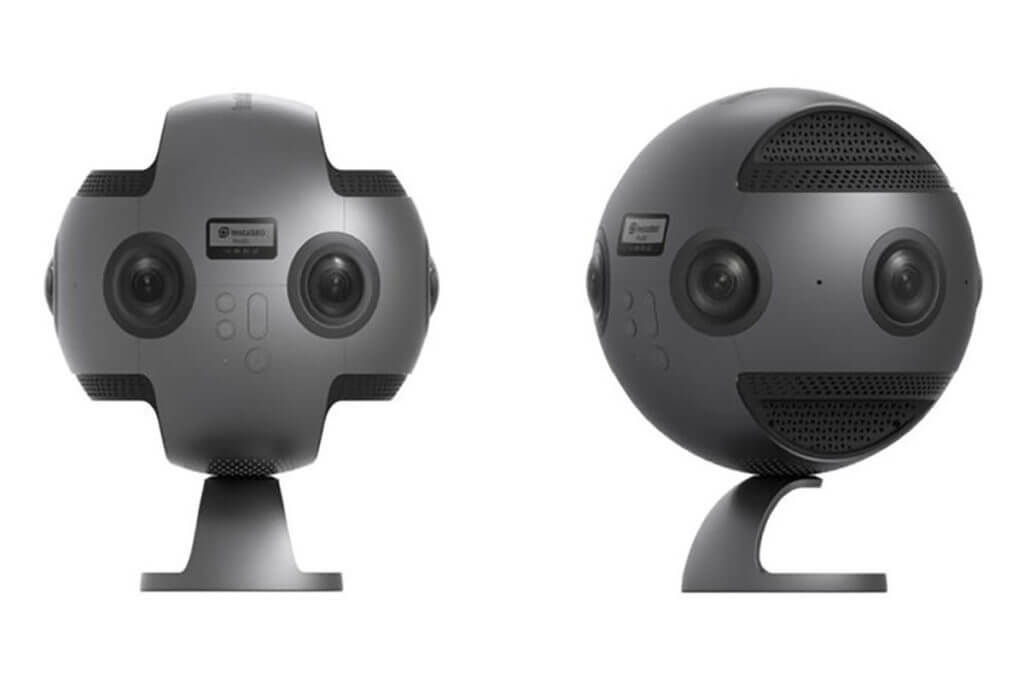
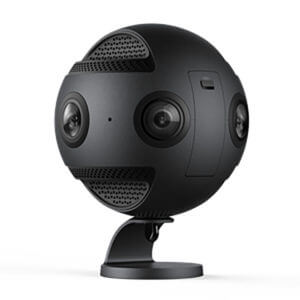
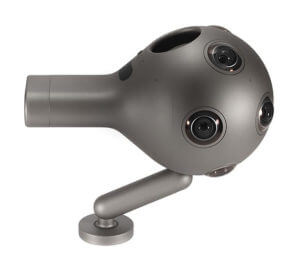
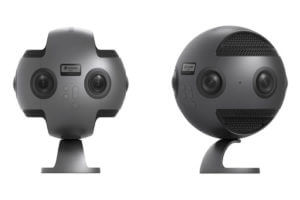
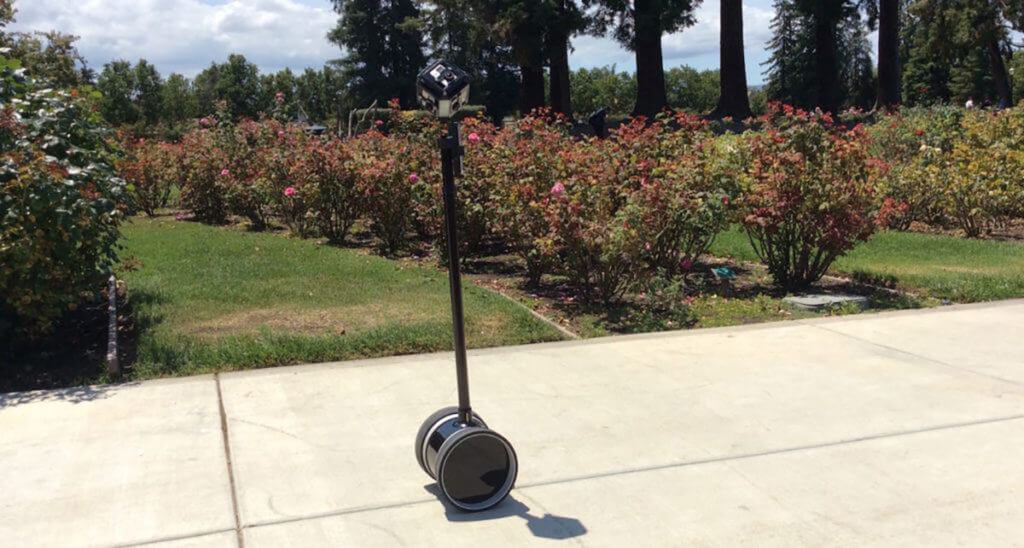

3 Responses
Hi Brandon! Thanks for the great article! Quick question. You mentioned: ‘ The 360 camera dolly that we prefer—because it works well and is reasonably affordable—has a maximum camera weight capacity of 5 pounds, rendering it incompatible with the Ozo.’ Would you mind sharing which dolly you prefer? Thanks so much for your time!
Jean
The dolly is double 2.